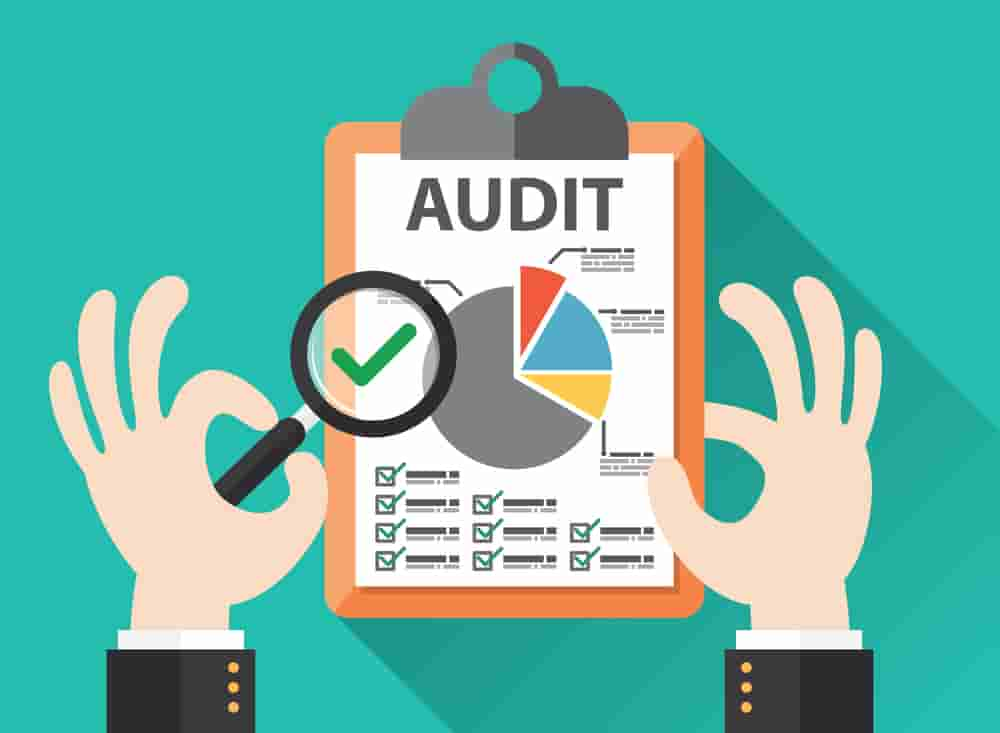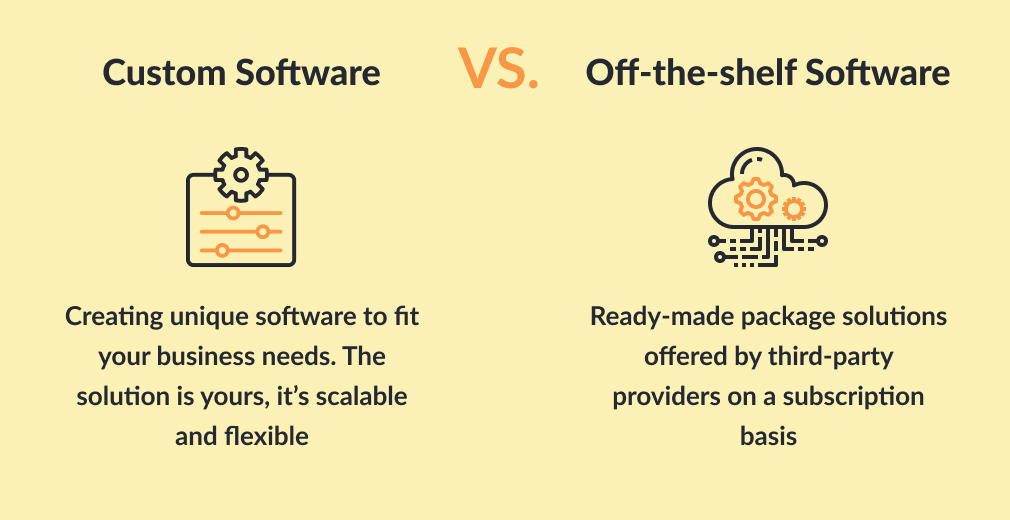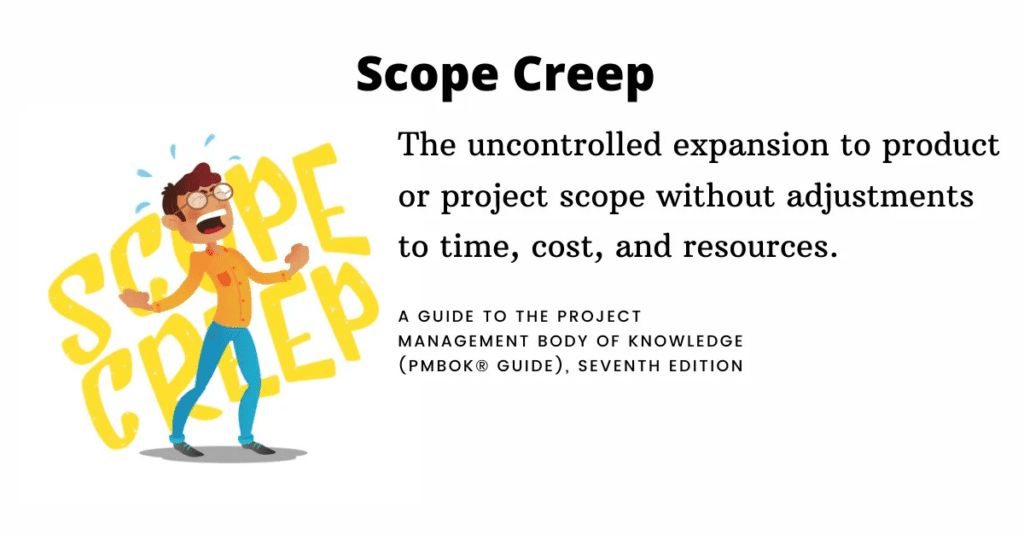8-Step Guide To identify the Best Construction Technology Consultants

8-Step Guide to Engaging Construction Technology Consultants in the AEC Industry
The demand for specialized software in the construction industry, from BIM tools to fancy AI applications, is on the rise. But when should you implement a new solution? Should you buy off the shelf or hire an external construction software consultant?
It may appear difficult, but there’s no need to worry. Here’s a concise, eight-step guide to streamline your decision-making process. Let’s get started!

Step 1: Recognize the Need and Align with Objectives
Recognizing the gaps in your tech capabilities is the first and often difficult step. Amidst the flurry of daily tasks and longstanding inefficiencies, identifying the real problem can become overwhelming. However, standing strong in the face of these challenges, it is highly recommended to implement a formal audit process.
Don’t underestimate the importance of employee feedback; your team’s insights could be extremely helpful in uncovering areas of improvement. If these options seem difficult, an external party’s fresh and unbiased perspective can be a valuable tool.

Step 2: Explore construction technology solutions
Once the problem is clearly outlined, the next step is to analyze if technology exists or can be developed that can address these issues. It’s important to review existing technological solutions in the market and to assess their compatibility with the company’s existing infrastructure. Also, consider factors such as cost, complexity, the time required for implementation, and potential disruption to operations.
A construction technology solution may be ideal if it can improve efficiency, scalability, accuracy or provide other tangible benefits. At times, conducting a feasibility study or pilot project can be beneficial to evaluate potential success.

Step 3: Find the right type of solution for you
Off-the-shelf software provides established solutions that can often be quickly implemented, often at a lower cost, and are usually user-friendly with good technical support. However, they may not cater to unique needs, may come with unnecessary features, and can be less flexible to adapt to future changes.
On the other hand, custom software can be built specifically to meet the unique requirements of the company and can be more flexible to evolve along with the company. However, it usually involves a longer implementation time, higher initial cost, and may require more technical expertise to maintain. The company should therefore consider its budget, timeline, in-house technical expertise, and unique business needs, as well as potential future scaling and development, to decide the most appropriate route.

Step 4: Select a consultant
Identifying the need for AEC consultants is half the battle won. The next phase involves sourcing potential candidates and evaluating their credibility. Look for consultants who have a proven track record in AEC software development and successful implementation of construction technology services. This industry-specific experience will ensure they understand the unique challenges and opportunities of the AEC industry.
Additionally, don’t just take their word for it. Verify their claims by examining their past clients, studying case studies, and reading testimonials. These resources can provide valuable insights into the consultant’s reliability, problem-solving skills, and ability to deliver results.
Another great exercise if you want to make sure to get the best partner out there is to do a bidding process where you invite the companies that you most like and then based on your needs select the best one.
Once you’ve narrowed down potential construction technology consultants, it’s time to assess cultural compatibility. Will they be able to seamlessly blend with your organization’s ethos? Do they understand and respect your company’s vision, mission, and core values? Compatibility isn’t merely about expertise; it’s also about shared understanding and mutual respect.

Step 5: Define the scope
When setting the scope for a software solution, it’s essential to be thorough, precise, and maintain open communication channels. Begin by grasping the business requirements and user needs that the software will address. These form the foundation of your scope.
Enumerate all the features and functions that the software should offer. It’s during this stage that engaging in discussions with stakeholders becomes vital, as it ensures their requirements are acknowledged and aligns expectations.
It’s equally important to dissect each feature into particular tasks, as it aids in comprehending the intricacy of the project and estimating the time required for completion.
Document every detail meticulously because this well-defined scope will act as a roadmap throughout the development phase.
A good practice to consider is drafting a preliminary UI of the proposed product. This visualization not only gives stakeholders a glimpse of the software’s aesthetics, but also provides a practical understanding of its functioning.
While flexibility is important , it’s also necessary to guard against scope creep, or the tendency for the project scope to expand beyond its original objectives of software development. For this, it’s essential to have a process in place that manages and controls any changes to the defined scope, keeping your project from veering off course. This systematic approach to change approval aids in maintaining focus and meeting project goals efficiently.

Step 6: Construct a Detailed Contract and Develop an Implementation Plan
Moving on after defining the scope, establish a formal relationship with your chosen construction software consultant by creating a detailed contract. The contract should include all the agreed-upon terms of service, confidentiality clauses, payment terms, and dispute resolution procedures. This ensures all parties involved have a clear understanding of their rights and responsibilities.
Once the paperwork is ready, it’s time to dive into the action. Together with your chosen consultant, formulate a meticulous implementation plan. This should outline key milestones, timelines, and roles, ensuring everyone knows what’s expected of them at each stage.
Following this, the consultant creates a detailed design and architecture of the solution and this involves not only the user interface but also the underlying technology stack and data models.

Step 7: Develop the solution
After a kick off meeting in this phase the software consultant will work with the company to polish any details that might been overlook in the previous steps. Once everything has been approved (design, architecture, functionality, implementation plan, constraints, etc), the consultant’s development team starts coding the solution, with regular updates and reviews to ensure alignment with the company’s needs.
This is something that methodologies like Scrum allow, to present incremental updates to the proposal, to generate value as soon as possible for the client.
After the development phase, the software undergoes thorough testing to ensure its functionality and reliability. Upon passing these tests, the solution is deployed and integrated into the company’s systems. Post-deployment, the consultant typically provides ongoing support, maintenance, and updates to ensure the solution remains effective as the company’s needs evolve over time.

Step 8: Monitor Progress and Give Feedback
Finally, the implementation process begins. Throughout this process, it’s crucial to monitor progress and provide constructive feedback. Regular check-ins and updates can help identify potential issues before they become significant problems. Evaluate whether the implemented construction technology services are meeting your needs and don’t hesitate to request adjustments as required.
In summary, engaging with construction technology consultants can dramatically elevate your business operations in the AEC industry. This streamlined eight-step guide ensures a smooth journey, from recognizing the need for a consultant to plan and implement a successfully custom software development.

Valentin Noves
I'm a versatile leader with broad exposure to projects and procedures and an in-depth understanding of technology services/product development. I have a tremendous passion for working in teams driven to provide remarkable software development services that disrupt the status quo. I am a creative problem solver who is equally comfortable rolling up my sleeves or leading teams with a make-it-happen attitude.
